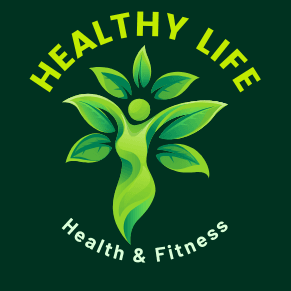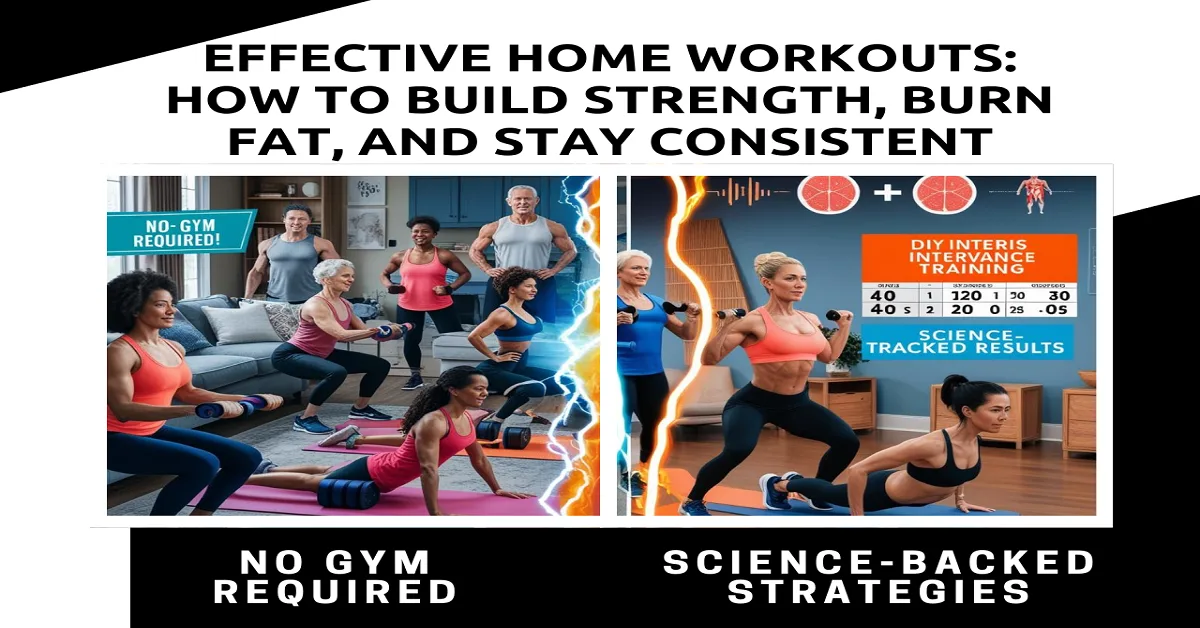☕ Buy Me a Coffee! (And Fuel My Late-Night Blogging Adventures)
Hey there, friend! 👋
First off—thank you for reading my content. It means the world to me! If you’ve found value here (or just enjoyed my ramblings), here’s a fun way to support my work: Buy me a coffee! ☕✨
Wait—what does that mean?
Well, some of the links in this post are affiliate links. That means if you click through and make a purchase, I may earn a small commission—at zero extra cost to you. Think of it like tipping your favorite barista, except I’m serving up blog posts instead of espresso shots.
Why does this matter?
- It helps keep this blog running (and my caffeine addiction alive).
- You get the exact same price—no hidden fees, just good vibes.
- I only recommend products I truly love and/ use myself. No shady stuff—promise!
So if you’re feeling generous (or just want to see what I’ll write about next after three cups of coffee), click away! Your support lets me create more free content for you. Win-win, right?
👉 Click Here to Buy Me a Coffee (or Shop My Faves!)
P.S. Not ready to shop? No worries! Sharing this post or leaving a comment also fuels my motivation. Thanks for being awesome.
Last Updated on April 8, 2025 by Ferdousi Akter
The Science of Effective Home Workouts: How to Build Strength, Burn Fat, and Stay Consistent (No Gym Required)
Introduction: Why Home Workouts Are More Powerful Than You Think
You don’t need a gym membership to get fit. In fact, research shows that home workouts can be just as effective as gym sessions for building strength and burning fat—if you know the science behind them. Whether you’re juggling a busy schedule or just hate crowded gyms, this guide will teach you how to harness the power of home training. Let’s dive in!
The Science Behind Effective Home Workouts
How Your Body Adapts to Home Training
Your muscles don’t care if you’re lifting a barbell or a backpack filled with books. What matters is progressive overload—gradually increasing resistance to challenge your body. A 2020 study in the Journal of Sports Science found that bodyweight exercises can boost strength by 15% in 8 weeks when done correctly.
The Role of Progressive Overload Without Weights
No dumbbells? No problem. Use these strategies:
- Leverage: Try archer push-ups (wide arm position) for harder chest work.
- Tempo: Slow down squats (4 seconds down, 2 seconds up) to increase time under tension.
Bodyweight Progressions: From Push-Ups to Pistol Squats
Start with standard push-ups, then advance to:
- Decline push-ups (feet on a chair).
- One-arm push-ups (the ultimate test of strength).
Building Strength at Home: No Equipment, No Problem
Top 5 Bodyweight Exercises for Muscle Growth
1. Push-Up Variations (Chest, Triceps, Core)
- Wide-grip: Targets chest.
- Diamond: Blasts triceps.
2. Inverted Rows (Back, Biceps)
Use a sturdy table or broomstick across two chairs. Pull chest to the bar while keeping hips lifted.
The Power of Isometric Holds: Planks, Wall Sits, and More
Isometric exercises (static holds) build endurance and stability. Try a 3-minute plank challenge or 90-second wall sit to ignite your core.
Burning Fat Efficiently: HIIT vs. Steady-State Cardio
Why HIIT Burns 25% More Calories in Half the Time
High-Intensity Interval Training (HIIT) spikes your metabolism for hours post-workout. A 2019 study in Obesity Reviews found that HIIT burns 3x more fat than steady-state cardio like jogging.
How to Design a Fat-Loss Home Workout Routine
Sample 20-Minute HIIT Routine
- Jump squats: 40 seconds on, 20 seconds off.
- Burpees: 40 seconds on, 20 seconds off.
- Mountain climbers: Repeat for 4 rounds.
The Psychology of Consistency: How to Stick to Home Workouts
Habit Stacking: Pairing Workouts with Daily Routines
Do 10 push-ups after brushing your teeth or stretch while coffee brews. Linking habits make consistency effortless.
The 2-Minute Rule to Overcome Procrastination
Promise yourself you’ll exercise for just 2 minutes. Often, you’ll keep going—Newton’s Law of motion applies to motivation too!
Essential Equipment (That’s Probably Already in Your House)
DIY Weights: Water Jugs, Backpacks, and Towels
- Water jug curls: Fill a gallon jug (8 lbs) for bicep work.
- Towel rows: Anchor a towel under your feet and row back.
Resistance Bands: The $20 Game-Changer
Bands add up to 50 lbs of resistance. Perfect for glute bridges, pull-aparts, and assisted pull-ups.
Common Mistakes That Sabotage Home Workouts
Skipping Warm-Ups: A Fast Track to Injury
Spend 5 minutes on dynamic stretches (arm circles, leg swings) to prep muscles.
Neglecting Recovery: Why Rest Days Are Non-Negotiable
Your muscles grow during rest. Aim for 1–2 rest days weekly.
Real-Life Success: How Jenna Transformed Her Body in 12 Weeks
Jenna, a busy mom of three, lost 18 lbs and gained muscle using 30-minute home workouts. Her secret? Consistency over perfection.
FAQs: Your Home Workout Questions, Answered
- Can you build muscle with only bodyweight exercises?
Yes! Progressive overload (e.g., progressing to one-legged squats or archer push-ups) forces muscle growth. Studies show bodyweight training can increase strength by 15% in 8 weeks. - How long should a home workout be?
Aim for 20–45 minutes. Focus on intensity and proper form over duration—quality trumps quantity. - Do I need equipment for effective home workouts?
Not necessarily! Use household items like water jugs, towels, or chairs. Resistance bands ($10–$20) add versatility for rows and glute bridges. - Can home workouts help with weight loss?
Absolutely. Combine HIIT (e.g., burpees, jump squats) with a calorie deficit to burn fat. HIIT torches 25% more calories than steady-state cardio. - What’s the best time of day to work out at home?
Whenever you’re consistent! Morning workouts boost metabolism, while evening sessions may leverage higher strength levels. Pick a time you’ll stick to. - How often should I do home workouts?
3–5 days weekly, with rest days for recovery. Example: Strength training Monday/Wednesday/Friday, HIIT Tuesday/Thursday. - Are home workouts as effective as gym workouts?
Yes—if you prioritize progressive overload. A 2021 Journal of Physiology study found no difference in muscle growth between home and gym training when effort matched. - How can I stay motivated to work out at home?
Try habit stacking (e.g., squats while coffee brews) or the 2-minute rule: commit to 2 minutes, and momentum often takes over. - What if I don’t have much space?
Focus on minimal-equipment moves like planks, lunges, and mountain climbers. A 6×6 ft area is enough for most routines. - Should I warm up before home workouts?
Yes! Spend 5–10 minutes on dynamic stretches (arm circles, leg swings) to prevent injury and boost performance. - How important is diet when doing home workouts?
Critical! Fuel with protein (1.6g/kg of body weight daily) and whole foods. You can’t out-train a poor diet. - What are the best exercises for beginners?
Start with modified push-ups (knees down), bodyweight squats, and planks. Gradually advance to harder variations. - How do I avoid boredom with home workouts?
Switch up routines every 4 weeks. Try themed workouts (e.g., “Upper Body Monday”) or follow YouTube trainers for variety. - Can I do home workouts if I’m over 50?
Yes! Focus on low-impact moves like chair squats and resistance band rows. Consult a doctor if new to exercise. - What should I do if I hit a plateau?
Change your variables: increase reps, slow your tempo, or try new exercises (e.g., pistol squat progressions).
Conclusion: Your Living Room is Your New Gym
With science-backed strategies, you can build strength, torch fat, and stay consistent—all from home. Remember, the best workout is the one you actually do. Ready to transform your living room into a fitness sanctuary? Let’s get moving! 🏋️♀️


